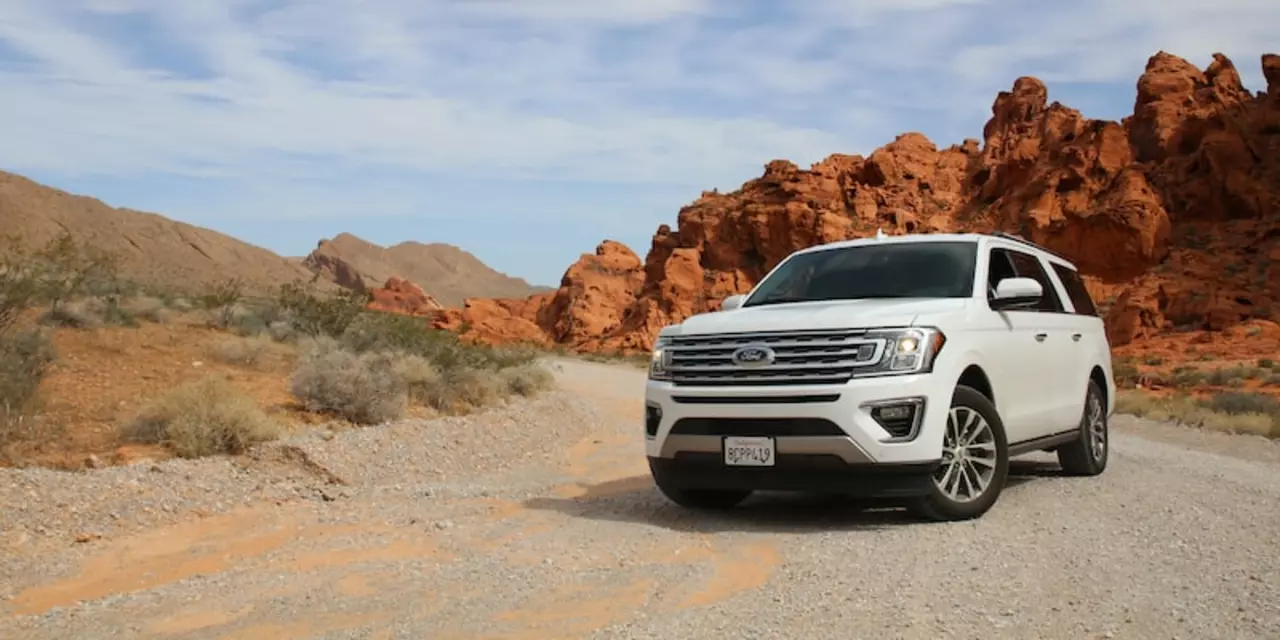Motorsport Equipment – Your Rally Gear Guide
If you’re gearing up for a UK endurance rally, you need the right equipment to stay fast and safe. This page pulls together the basics – from the long sticks you see on rally cars to the safety gear every crew should pack. Think of it as a quick‑look checklist before you hit the road.
What are those long sticks in rally cars?
Those metal bars are the handbrake, sometimes called a parking brake, and they’re a vital tool for rally drivers. When you pull the handbrake, it locks the rear brakes. The driver uses it to spin the rear wheels, tighten a corner or keep the car steady on slippery surfaces. In a tight hairpin, a quick pull can swing the car around a bend that would otherwise be too tight to negotiate. The handbrake is also handy for stopping the car on a hill or in a parking spot where a regular brake might not hold.
Because the handbrake is linked directly to the rear brakes, the driver feels an immediate response. That instant feedback is why it’s a standard piece of rally equipment, not a fancy add‑on. Without it, many of the maneuvers that make rallying exciting would be impossible.
Must‑have gear for rally crews
Safety helmets – A good helmet meets FIA standards and has a clear visor for night stages. Replace the interior padding regularly; comfort matters when you’re driving for hours.
Racing suits – Fire‑retardant suits protect you in case of a fire. Look for breathable fabric, because you’ll be sweating in the cockpit.
Roll cages – Not a personal item, but the car’s roll cage is the backbone of crew safety. Make sure it’s built to the latest FIA specifications and inspected before each event.
Navigation equipment – A reliable co‑driver tablet or road‑book holder keeps the pace notes clear. Pair it with a sturdy mounting system to avoid distraction.
Tools and spares – A compact toolbox with a torque wrench, spare bulbs, and quick‑change tire tools can save you from a costly DNF. Keep the kit organized and practice quick changes before the rally.
Aside from the big items, small comforts make a difference. Portable chargers, a good pair of gloves, and a water bottle holder keep you focused on the stage rather than on minor annoyances.
When you choose your equipment, match it to the type of rally you’re entering. A tarmac event may need different tyre choices than a gravel rally, but the core safety gear stays the same.
Finally, don’t forget to check the latest UK rally regulations. Rules can change year to year, and staying compliant saves you from penalties or disqualification.
Use this guide as a starting point, then tweak your list based on personal preference and the specific demands of each event. With the right motorsport equipment, you’ll feel confident, stay safe, and enjoy every twist and turn on the endurance rally stages.
What are those long sticks in rally cars?
Rally cars use long sticks, also known as handbrakes or parking brakes, to help them maintain control in the corners and on slippery surfaces. The handbrakes are connected to the rear brakes of the vehicle and are operated by the driver. The handbrake allows the driver to maintain control while the car is cornering, while also allowing the car to be held in place when stopped. The handbrake can also be used to help the car maintain stability on slippery surfaces. By pulling the handbrake, the driver can apply the brakes to the rear wheels, helping the car to maintain grip and traction. The handbrake is a crucial part of a rally car and is essential for the driver to be able to navigate the track safely.
Read More

